The distance (5) travelled varies with time (t) for four different-bodies as given below. In which case is the acceleration of the body is minimum?




The correct Answer is:D
Topper's Solved these Questions
- MOTIONBOOK - MCGROW HILL PUBLICATIONCHAPTER - MOTIONEXERCISE - HIGHER ORDER THINKING QUESTIONS
48 Videos
- MISCELLANEOUS QUESTIONSBOOK - MCGROW HILL PUBLICATIONCHAPTER - MISCELLANEOUS QUESTIONSEXERCISE - PART-B
99 Videos
- REFLECTION OF LIGHT BOOK - MCGROW HILL PUBLICATIONCHAPTER - REFLECTION OF LIGHT EXERCISE - HIGHER ORDER THINKING QUESTIONS
10 Videos
Similar Questions
Knowledge Check
The distance (S) travelled varies with time (t) for four different bodies as given below. In which case is the acceleration of the body minimum?
A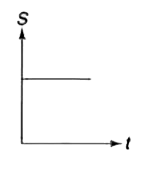 B
B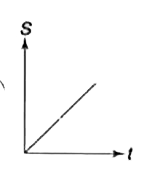 C
C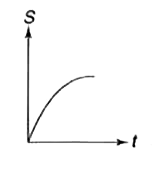 D
D
Variation of distance with time for four different · particles are displayed at (a), (b), (c) and (d). In which graph the acceleration of body is minimum?
A B
B C
C D
D
The velocity - time graph of a body is given in figure below .
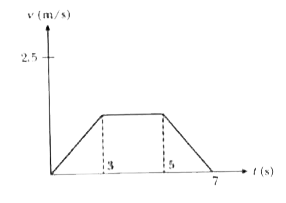
The acceleration-time graph of the motion of the body isA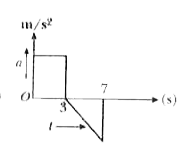 B
B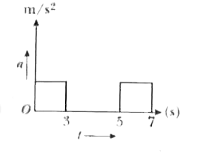 C
C D
D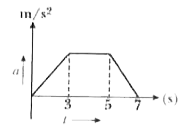
The velocity v of a body moving along a straight line varies with time t as v=2t2e−t, where v is in m/s and t is in second. The acceleration of body is zero at t =
View SolutionWhen a body is moving uniformly along a straight line and there is no force of friction, acceleration/retardation of the body. According to Newton's second law of motion, the magnitude of force acting on a body is the product of mass and acceleration of the body
The distance - time table of an object in motion is given below

In the given table, acceleration of the object is
View SolutionThe distance covered by a moving body is directly proportional to the square to the time. The acceleration of the body is
View SolutionThe velocity v of a body moving along a straight line varies with time t as v=2t2e−t, where v is in m/s and t is in second. The acceleration of body is zero at t =
View SolutionA body moving in a straight line with constant acceleration covers distances a and b in successive equal time interval of t. The acceleration of the body is
View Solution

